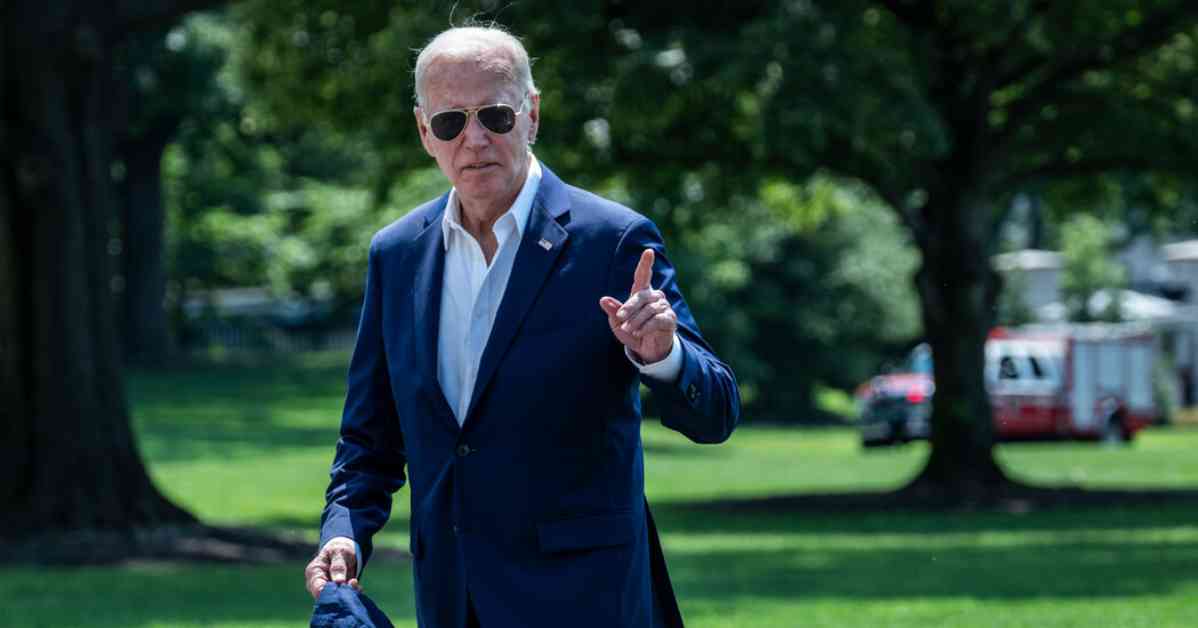President Biden made his first public appearance since ending his presidential campaign by discussing proposed changes to the Supreme Court during his visit to Austin. He plans to suggest reforms to the court, aiming to address issues of politicization and ethics complaints that have been raised in recent years.
One of the key proposals that President Biden is expected to advocate for is the implementation of term limits for Supreme Court justices. Currently, justices serve lifetime appointments, which Biden argues gives a president excessive influence for an extended period. The proposed system would involve appointing a new justice every two years, allowing them to serve for a total of 18 years on the bench.
In addition to term limits, President Biden will also push for the establishment of an enforceable code of ethics for Supreme Court justices. This code would require justices to disclose any gifts they receive, abstain from engaging in public political activities, and recuse themselves from cases where they or their spouses have conflicts of interest.
Furthermore, President Biden will call for a constitutional amendment to potentially limit the broad presidential immunity that the conservative majority of the Supreme Court upheld in a recent ruling. The proposed amendment would clarify that the Constitution does not grant immunity from federal criminal prosecution, trial, conviction, or sentencing to former presidents based solely on their prior service in office.
These proposed changes will be outlined in President Biden’s speech at the Lyndon B. Johnson Presidential Library and Museum in Austin, Texas. Although these reforms would require congressional approval, they face significant challenges in a Republican-controlled House and a divided Senate.
Vice President Kamala Harris, the presumptive Democratic presidential nominee, also supports the proposed changes that President Biden will present. The White House has emphasized the importance of addressing the current issues surrounding the Supreme Court and ensuring that the institution operates with integrity and accountability.
It remains to be seen how these proposed changes will be received and whether they will gain traction in Congress. The debate over the structure and functioning of the Supreme Court is likely to continue, with different perspectives and opinions shaping the discussion on the future of the highest court in the United States.




